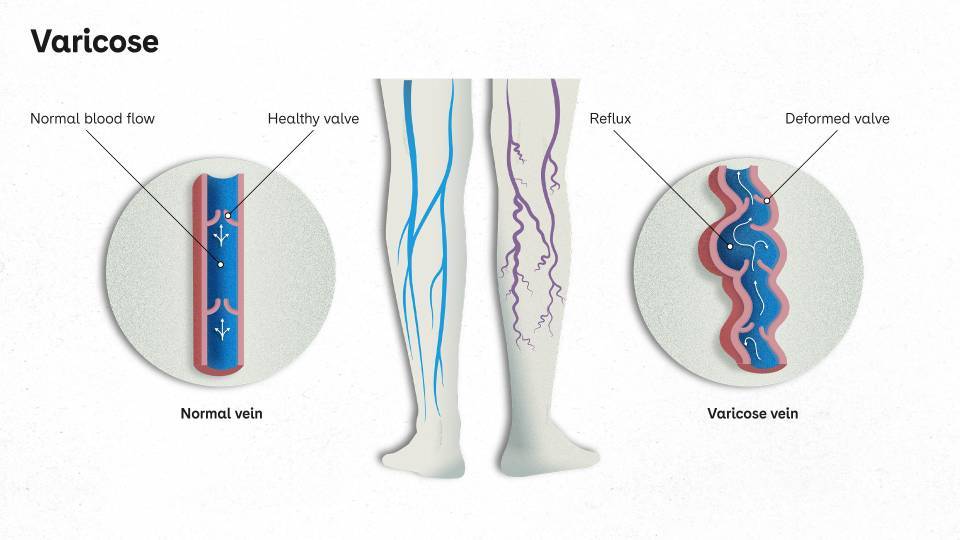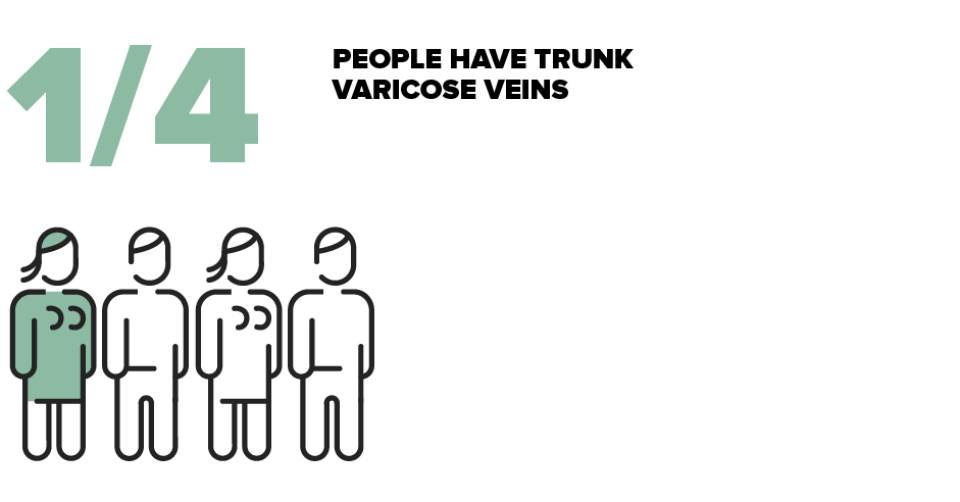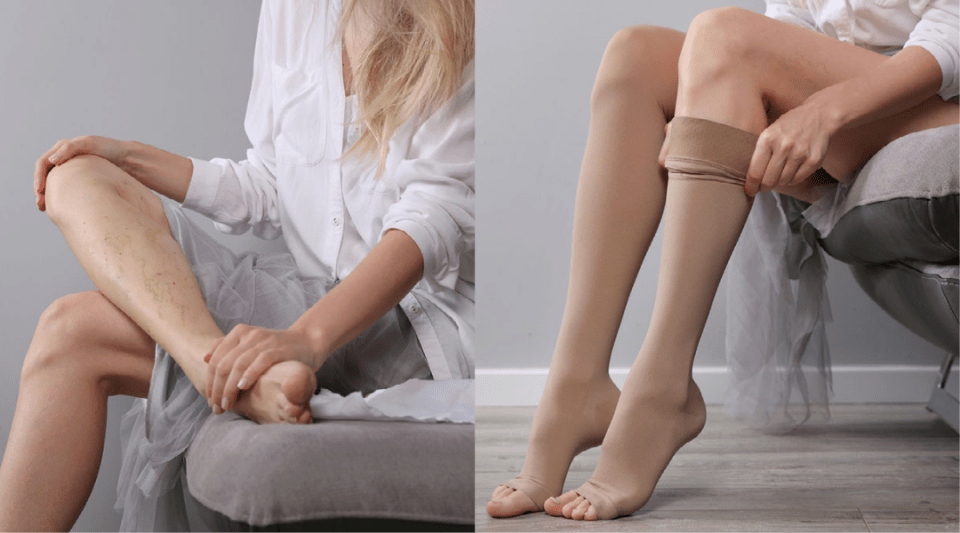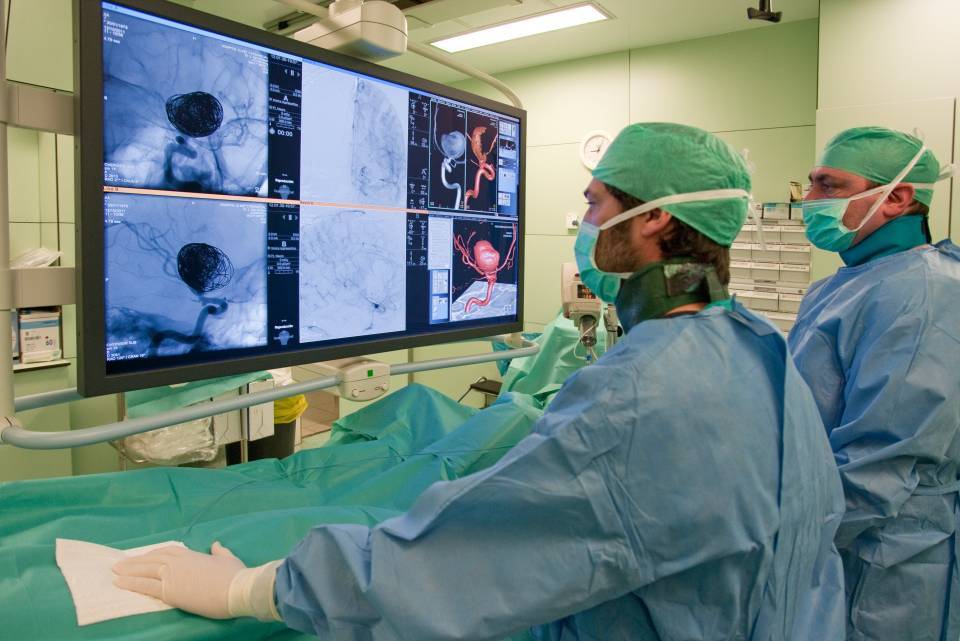- What is it?
- Causes and risk factors
- Symptoms
- Diagnosis
- Treatment
- Evolution of the disease
- Living with the disease
- Research
- Frenquently Asked Questions
-
La enfermedad en el Clínic
-
Equipo y estructura
What are Varicose veins?
Varicose veins are swollen or enlarged veins, becoming, therefore, visible in the form of a bluish or brownish path, and even, palpable. It can affect 7 out of 10 people, mainly women and older adults. Although a hereditary factor has a significant role, lifestyle is also a determining factor in their appearance. To prevent them, it is essential to perform exercise, and avoid sedentarism and obesity.
Varicose veins explained in first person
As top treatment for the prevention would be the use of compression stockings. It has been demonstrated that they are more effective even than pharmacological treatment.
Firstly, of course, entering an operating theatre is something to think about, and there’s always a risk involved, but really, you don’t feel anything. And afterwards you feel phenomenal, because all that swelling you had in your legs, that tiredness,... disappear.
Varicose veins are permanent swelling of the superficial veins, typically in the legs, which are produced due to the dysfunction in the return action of the blood from the extremities to the heart.
The function of the arteries is to transport blood from the heart to the rest of the tissues, and that of the veins is to return the blood from the rest of the body to the heart so that it returns to circulate. Varicose veins originate due to a weakness in venous valves and walls, and some structures located in the veins that help the flow of blood to always be in the ascending direction (from the legs to the heart). If these fail, what is known as reflux occurs that is, instead of flowing upward toward the heart, blood accumulates in the veins of the legs, leading to their dilation and the appearance of varicose veins.
Classification of varicose veins
According to their size:

Telangiectasia or spider veins. These are dilations of very small, superficial, and visible veins located within the skin itself. They are so tiny that they usually aren’t noticeable to the naked eye, although when they dilate, their path can be seen as a reddish line as thin as a hair. They are generally found isolated, although sometimes they can cluster and form grape-like structures. In most cases, they are mainly a cosmetic issue. Occasionally, they may rupture and cause a spontaneous bruise without significant consequences.

Reticular varicose veins. These are visible dilations of subcutaneous veins measuring a few millimeters. Although they are slightly larger than telangiectasias, they usually do not have significant protrusion. Their color is greenish. They may be associated with occasional discomfort such as itching or a feeling of heavy legs. They can rupture, causing minor bruising or small bleeds if they are more prominent.

Trunk varicose veins. These are pathological venous dilations, larger than the previous ones and already causing a palpable bulge on the skin. They are generally associated with valvular dysfunction of the superficial venous system, which leads to overload in venous return and the development of these varicose veins. They often cause discomfort (itching, pain, swelling, tired legs...). In some cases, they may lead to complications such as phlebitis, bleeding, or skin changes like darkening (known as dermatitis) or skin atrophy, and in the most severe cases, ulceration.
Depending on their cause:

Congenital. They appear from birth.

Primary or essential. They appear after birth, although of unknown cause.

Secondary. They appear after birth, but due to a cause, usually trauma or thrombosis of the deep venous system.
According to their location or anatomy. They may depend on the great saphenous vein, anterior saphenous vein, small saphenous vein, perforator veins of the leg, or pelvic veins originating in the abdomen.
According to the causal mechanism. Caused by venous system dysfunction due to reflux or obstruction.
There is an international classification called CEAP (based on the initials of the English terms Clinical, Etiology, Anatomy, Pathophysiology), which encompasses all the characteristics mentioned above, allowing for the classification and standardization of each case of varicose veins individually.
How many people are affected by Varicose veins?
It is estimated that 25% of the adult population in the Western world (1 in every 4 people) have frank (trunk) varicose veins, although if spider veins and reticular varicose veins are taken into account, the percentage increases up to around 70%.
They are more common in women, as well as people of advanced age. Other circumstances can increase their prevalence, such as overweight, lifestyle, profession, pregnancy, hormone treatments, pregnancies, hormonal treatments, family history, among others.
Substantiated information by:

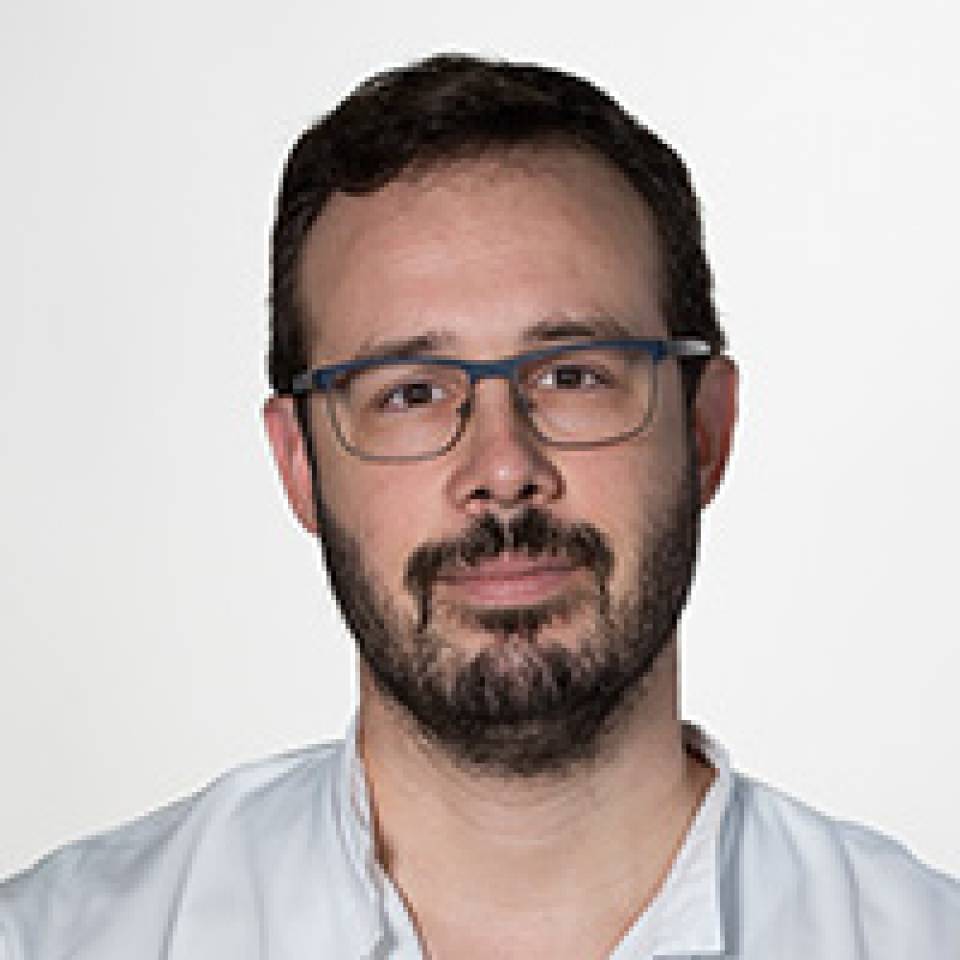
Published: 19 June 2018
Updated: 20 May 2025
Subscribe
Receive the latest updates related to this content.
(*) Mandatory fields
Thank you for subscribing!
If this is the first time you subscribe you will receive a confirmation email, check your inbox
